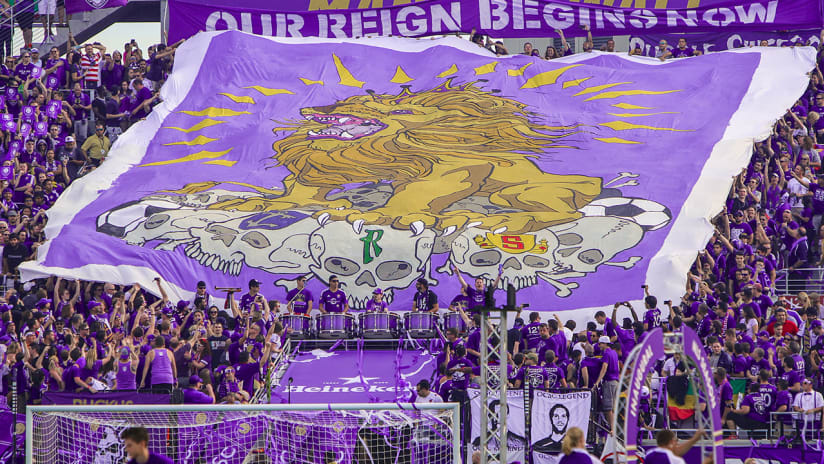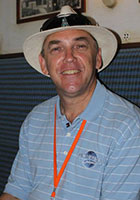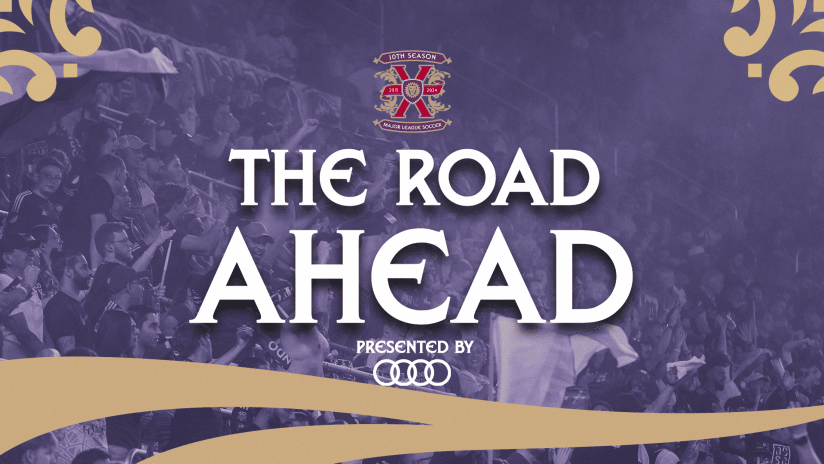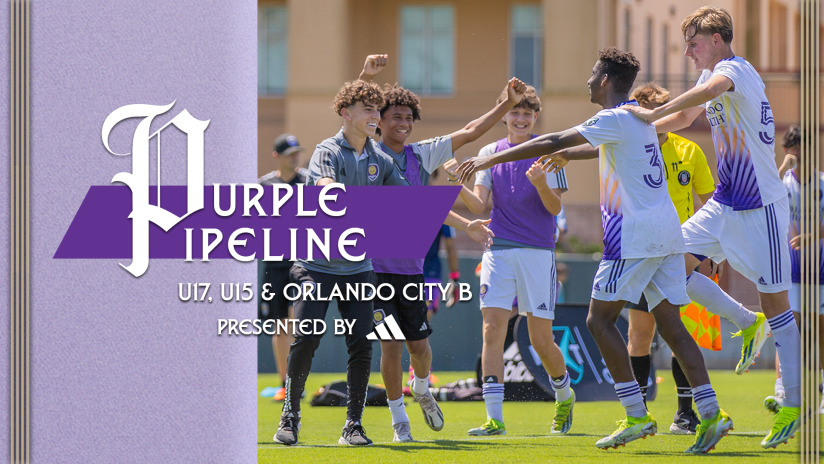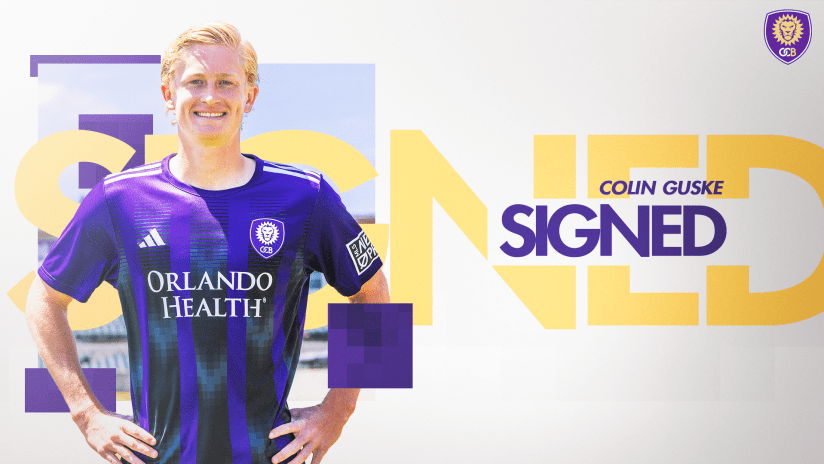Simon Veness is a beat writer covering Orlando City SC for MLSsoccer.com. He has been writing about soccer for various media in the UK and USA since 1981. You can view all of his stories written for MLSsoccer.com here.
ORLANDO, Fla. – World Cup 1994 put Orlando firmly on the soccer map. The 1998 MLS All-Star Game added to the city’s credentials. And several appearances by the US women’s national team, first in 2013 and then last October, underlined the growing soccer appetite in Central Florida.
But it is still hard to credit just how much The City Beautiful has become soccer central in the Southeast since Orlando City SC first arrived on the scene in 2011. After four successful years in USL, the Lions have just completed their first full MLS season with average crowds of almost 33,000, second in the league only to the Seattle Sounders.
New Orlando teams have been announced for 2016 in both the USL and NWSL. And the Copa América Centenario will also be using the city’s Citrus Bowl stadium as one of 10 venues for the prestigious tournament next year, alongside the more obvious choices of New York, Chicago, Philadelphia and Pasadena’s iconic Rose Bowl.
It’s a portfolio of soccer fervor that encompasses all elements and types of the game, and it has all shown meteoric growth since a certain team in purple first showed not quite five years ago.
Just how has Orlando become the soccer city for a vast section of the country that includes such notable metropolises as Atlanta, Miami, New Orleans and Charlotte? City’s aptly-titled vice president of development Tim Holt – the former president of the USL – thinks he knows.
“I think it is one of those things that has built upon itself,” Holt explained. “It starts with a well-supported professional club and it has built up through timing, demographics and marketing into the perfect storm of opportunity.
“Prior to 2010, people would have told you that pro soccer just wouldn’t work in Orlando but now I don’t think there is a better market anywhere in the country.”
Holt points to the similarities between Orlando and the Pacific Northwest teams of Portland, Seattle and Vancouver, and then the much bigger sphere of influence the Lions have been able to operate in as major signs of the potential of the region. The city’s youthful demographic is similar to Portland’s (Orlando’s median resident age is 33.6 compared to the Oregon city at 36), while its ‘gateway’ status for South America is another key indicator.
“We are the only MLS team between Houston and D.C.,” Holt added, “So we have captured an entire region and have become the Southeast’s hub for pro soccer, especially now with the only women’s soccer team in the region.
“Once you have achieved that level of success in broad terms, people start looking at you very differently as a marketplace. Previously for something like Copa, it might have gone to Tampa, Miami or even Jacksonville. But now the market for soccer here is unarguable.”
US Soccer confirmed that Orlando’s success in MLS terms, and their drawing power for the US women’s game against Brazil in October – which attracted almost 33,000 fans – were powerful factors in bringing Copa América to Central Florida.
“Orlando has a strong foundation for soccer, and fans have demonstrated time and again the passion and support the city has to offer,” said US Soccer spokesman Neil Buethe. “Even in the few short years between the two women’s national team games at the Citrus Bowl, the growth of the city and venue as a home for soccer has been impressive.
“The success of Major League Soccer in the team’s first year and reception for the NWSL expansion has created incredible momentum and Orlando is more than ready to receive soccer fans from across the world for Copa América Centenario next summer.”
Orlando mayor Buddy Dyer has been a supporter of the team from its USL days and was also instrumental in promoting their MLS campaign and attracting the US women’s team, as well as giving whole-hearted backing to the bidding for the Copa tournament. And Dyer believes founding owner Phil Rawlins deserves a lot of the credit for Orlando’s new-found status as a soccer hotbed.
“When I first met Phil, I knew he would be successful with soccer,” Dyer insisted. “But I had no idea how transformational Orlando City would be to our community and how quickly soccer fever would reach such a high pitch. I honestly don’t think Orlando could have asked for a better brand ambassador for soccer and for the city itself.”
Holt also pointed to several other important ingredients in the overall “menu” that have created a unique set of circumstances, namely the theme parks for which the city was already famous, as well as the Florida weather. With almost 120,000 hotel rooms, a well-honed tourist infrastructure and the ability to welcome guests year-round through its international airport, Orlando’s attractiveness as a soccer center between the US, Europe, the Caribbean and South and Central America is unmatched anywhere in the country.
“It is an attractive area to come to as a soccer fan from other parts of the country,” Holt said. “We can package a game around a week with the theme parks or the beaches, and that appeal is then global when you consider South America and Europe. I can’t think of another place in the world that has the same level of attractions, and then adds soccer at the highest level on top.
“The hotel infrastructure is also an enormous factor. There is every conceivable type of hotel accommodation here and that is an inherent advantage in all our marketing efforts. When you combine all these factors, you have a situation that is truly unique and special.”
The final element of the equation is the fans, and Orlando has tapped into a fan base of rare fervor and depth. They have already sold their 18,000 season ticket allocation for 2016 and expect to have a waiting list for 2017 when their own 25,500-seat stadium will be ready for its first full season.
The Lions have attracted a young, urban demographic, but the sport has also become a city-wide purple phenomenon. Orlando has embraced soccer, and soccer has embraced Orlando right back in a symbiotic relationship of community identity that is best explained by the fans themselves.
Kris Boyter is a soccer ‘newbie’ inasmuch as he never played as a kid nor watched as an adult before 2012, the Lions’ second year in USL. Once he discovered the game, he was fascinated. Once he discovered Orlando City, he was addicted. Now a season ticket holder for OCSC as well as holding supporter tickets for OCB (Orlando's new USL team) and Orlando Pride (NWSL), Boyter is a typical Lions fan.
“I’ve tried to support local teams in the past but it was always small and not that engaging,” he said. “But once I went to my first soccer game and realized you got 45 minutes of uninterrupted go time, I was hooked.
“When they grew and announced they would go into MLS, I just thought it was so admirable as a business, it actually affected my life and had a positive effect on the community. I was inspired to go further as a small business owner myself and Orlando City is now such an integral part of life here, I can’t imagine it without them.”
Fellow season ticket-holder Wendy Brick is equally convinced the team has arrived at the right time and with the right style to be more than just a passing fad.
“This is a very international town and soccer is an international sport,” she said. “So many kids played soccer growing up here and they are super-excited for it to be here at the professional level now. I think it is simply an idea whose time has come, and City has created hands down the best supporter experience from the fans point of view. It is a great credit to Phil Rawlins and everybody who brought soccer to Orlando.”

